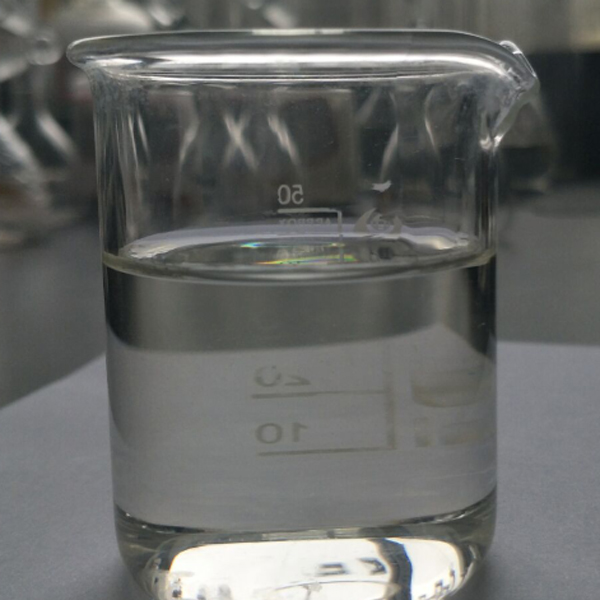
News
Lis . 22, 2024 15:37 Back to list
chelating agent function
The Function of Chelating Agents
Chelating agents, also known as chelators or sequestrants, play a vital role in various chemical, biological, and industrial processes. These compounds have the unique ability to form multiple bonds with a single metal ion, effectively capturing and solubilizing it in different environments. The function and importance of chelating agents can be understood through their applications in medicine, environmental science, agriculture, and industry.
1. Medical Applications
In medicine, chelating agents are critical for treating heavy metal poisoning. Compounds such as ethylenediaminetetraacetic acid (EDTA) and dimercaptosuccinic acid (DMSA) are administered to patients to bind toxic metals like lead, mercury, and cadmium. By forming stable complexes with these metals, chelators enhance their excretion through urine, thereby reducing their harmful levels in the body. This function is particularly crucial for individuals exposed to heavy metals through occupational hazards, contaminated water, or industrial emissions.
Additionally, chelation therapy has garnered attention for its potential in managing cardiovascular diseases. Some research suggests that chelating agents may help in reducing arterial plaque by mobilizing calcium deposits. However, further studies are necessary to fully understand the benefits and risks associated with this treatment.
2. Environmental Remediation
Chelating agents also play a significant role in environmental science, particularly in soil and water remediation. In contaminated sites, metals can become tightly bound to soil particles, rendering them unavailable for bioremediation. Chelators can enhance the mobility of these metals, making them easier to extract or neutralize. For example, in the cleanup of heavy metal pollution in water bodies, chelating agents can help mobilize toxic metals, improving their removal from the aquatic environment.
Moreover, in phytoremediation strategies, plants are often utilized to extract heavy metals from contaminated soils. Chelators can enhance the bioavailability of metals for plant uptake, thus increasing the efficiency of this natural remediation process. This dual function of chelating agents not only helps in cleaning up polluted environments but also promotes ecological restoration.
chelating agent function

In agriculture, chelating agents are used to improve nutrient availability. Micronutrients such as iron, copper, manganese, and zinc are essential for plant growth but can often become unavailable due to soil chemistry. Chelators like EDTA and citric acid bind to these nutrients, keeping them soluble and accessible to plants. This function ensures that crops receive the necessary nutrients for optimal growth, leading to better yields and improved crop quality.
4. Industrial Applications
The industrial applications of chelating agents are vast, encompassing sectors such as manufacturing, food processing, and textile production. In metal plating and cleaning processes, chelators help maintain the stability of metal ions in solution, preventing unwanted precipitation. In the food industry, chelating agents are used as preservatives, preventing metal-catalyzed oxidation that can lead to spoilage.
Furthermore, in the textile industry, chelating agents aid in dyeing processes by improving color retention and preventing metal ion interference. This ensures that textiles maintain their vibrant colors over time, contributing to product quality.
Conclusion
In summary, chelating agents serve multifaceted functions across various disciplines. Their ability to bind and solubilize metals not only benefits medical treatments and environmental remediation but also enhances agricultural productivity and industrial processes. As research continues to unveil new applications and improve existing ones, the importance and utility of chelating agents will only grow, highlighting their indispensable role in modern science and industry.
-
Polyaspartic Acid Salts in Agricultural Fertilizers: A Sustainable Solution
NewsJul.21,2025
-
OEM Chelating Agent Preservative Supplier & Manufacturer High-Quality Customized Solutions
NewsJul.08,2025
-
OEM Potassium Chelating Agent Manufacturer - Custom Potassium Oxalate & Citrate Solutions
NewsJul.08,2025
-
OEM Pentasodium DTPA Chelating Agent Supplier & Manufacturer High Purity & Cost-Effective Solutions
NewsJul.08,2025
-
High-Efficiency Chelated Trace Elements Fertilizer Bulk Supplier & Manufacturer Quotes
NewsJul.07,2025
-
High Quality K Formation for a Chelating Agent – Reliable Manufacturer & Supplier
NewsJul.07,2025
